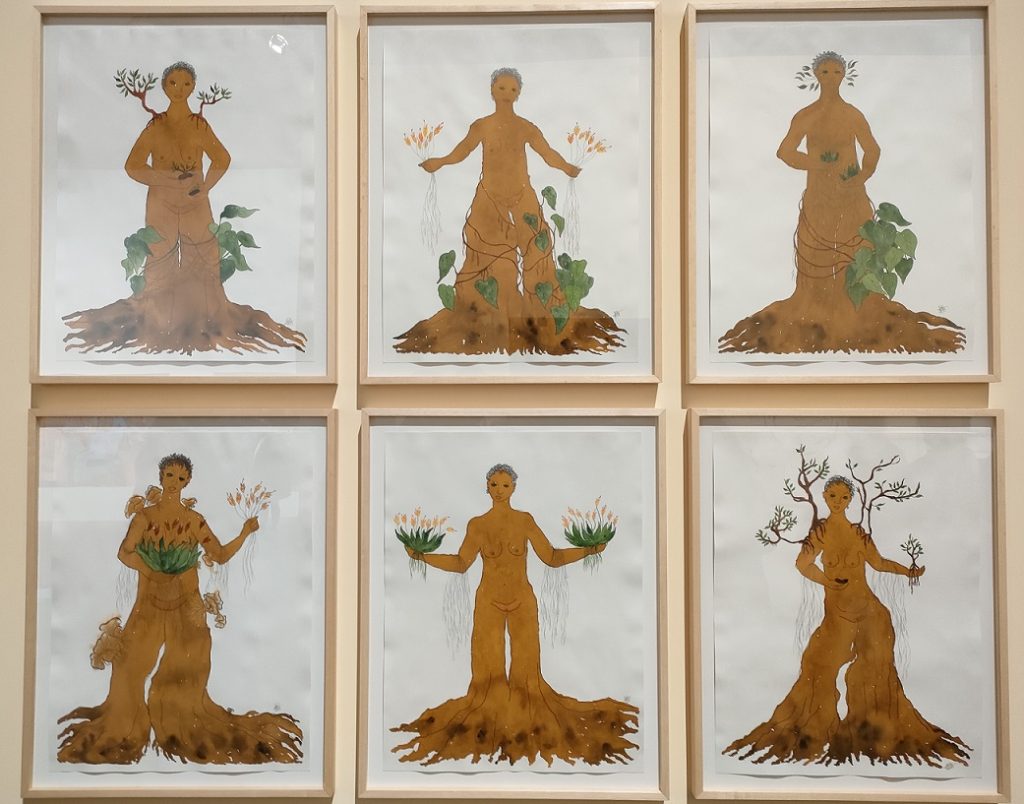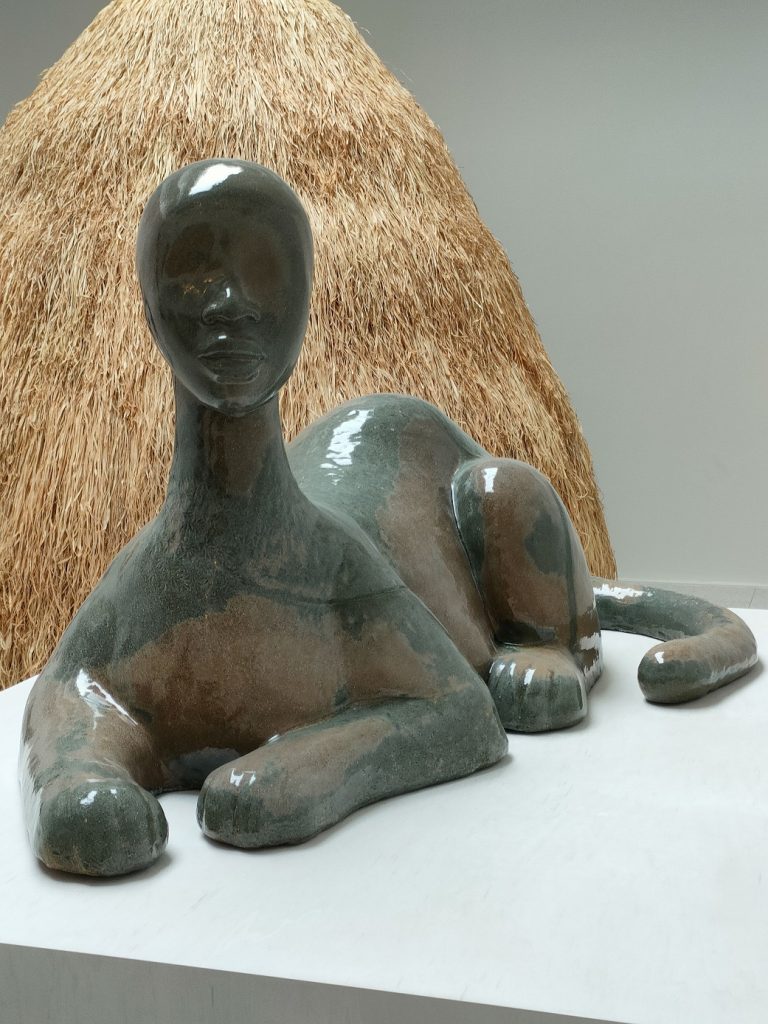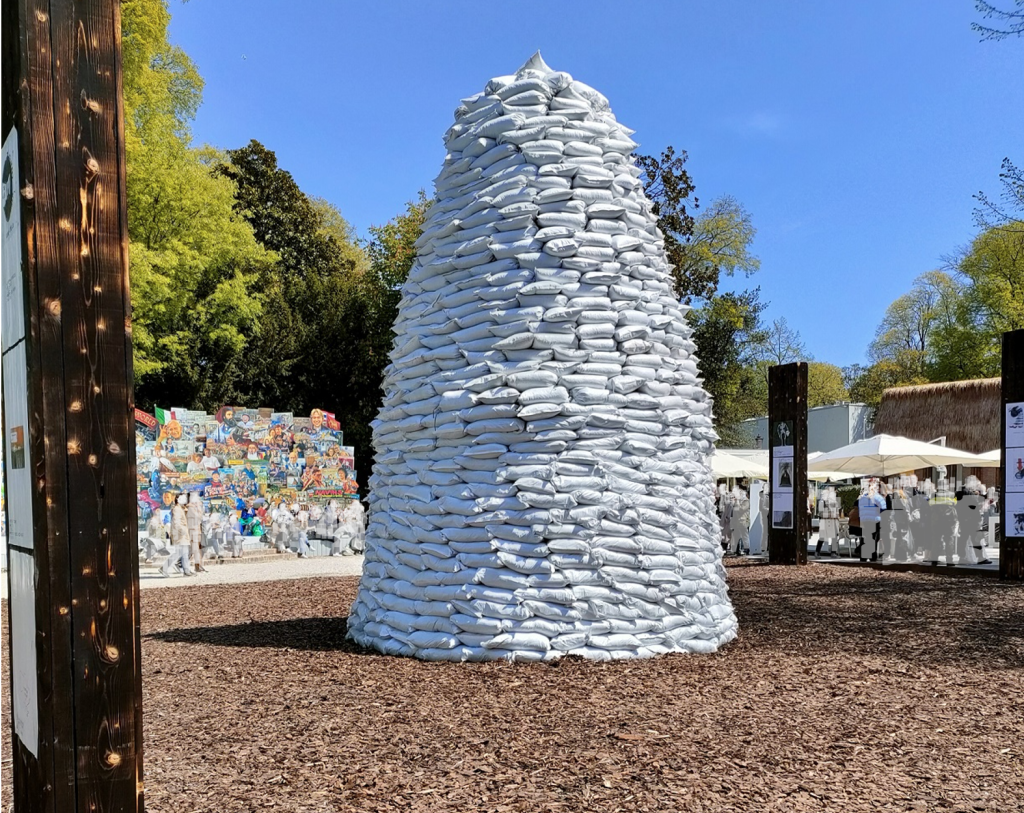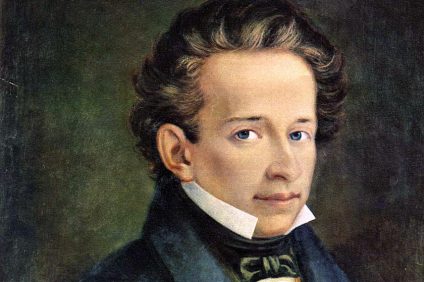At the entrance to the Central Pavilion of the Biennale a huge elephant surrounded by mirrors welcomes visitors to the 59th edition of the Venice Biennale. The work is by the German artist Katharina Fritsch. Just as the monumental bronze of an African woman, without eyes, by the Afro-American artist Simone Leigh introduces the exhibition at the Corderie dell'Arsenale. She opened with great optimism "The milk of dreams ", title of this Biennale Arte borrowed from a fairytale book by British surrealist artist Leonora Carrington. A very feminine Biennale: out of 213 artists - 26 of whom are Italian - from 58 countries, 80 percent are women. Women are the two career lions Cecilia Vicuña and Katharina Fritsch. And a woman, for the first time to hold this position, is also the curator Cecilia German, Italian who lives and works in New York.

The avenues of the Giardini headquarters where the International and Central Pavilions are located, as well as the large spaces of the Arsenale, were already very crowded in the days of the previews. Enthusiasm, optimism in the declarations of the organizers of this Biennale Arte, an event that has been postponed by a year due to the pandemic, the last edition was that of 2019. And that probably, precisely because following the lockdowns imposed by the Coronavirus, has opened in an atmosphere full of expectations with many, many visitors. And the eyes of the world (like those watching us from its posters) are focused on this great international event.
Women and female artists at the center of this 59th edition
The Biennale this year is mainly about women with 1433 works on display. Women artists of today and yesterday who converse in the spaces of the Central Pavilion where there are what the curator has defined as the "time capsules". Five small thematic exhibitions dedicated to historical artists, including Leonora Carrington, from whose fairytale book the title of this 59th edition was taken.

The female figure imposes itself almost overbearing also in the United States Pavilion where large sculptures by Simone Leight, the first black woman to represent the USA in these spaces, expose the female body linked to African artistic traditions. We find it all the time in the spaces of Corderie of the Arsenale which open with a work by Leight.

Here the female figure in the artistic interpretation (which becomes painting, photography, graphics, sculpture ...) is declined in different forms where it is almost always the body to dominate. Body that composes itself, recomposes itself, combines with nature, becomes a hybrid.

Following one of the main themes of this Biennale which is the representation of bodies and their metamorphoses. But also the relationship with technology. And again, the connection between the body and the earth. In a continuous change, transform, become other than oneself.
The closure and silence of the Russian pavilion
This year the Biennale could not fail to deal with the current relevance of the war in Ukraine. The Russian Pavilion closed not by the will of the Biennale but due to the resignation of the curator and the artists. In this Pavilion, in 2019, the installation by director Alexander Sokurov represented an artist's atelier, whose windows overlooked dramatic scenarios of riots and war. Images that had struck then and that today sound almost like a premonition.
Piazza Ukraine to give space and support to the culture of the country at war
The Biennale dedicated to Ukraine in the Giardini, the Esedra space which has become Piazza Ukraine. It is an installation where the square was designed and built around a monument covered with sandbags. The installation was curated by Borys Filonenko, Lizaveta German, Maria Lanko, curators of the Ukrainian Pavilion, and designed by the Ukrainian architect Dana Kosmina. A space that could be a place for debate, for dialogue in support of the culture of the country at war.

And his name is The Fountain of Exhaustion, the work that the artist Pavlo Makov managed to create in extremis, after a daring journey by car under the bombs from his country to Venice, in the Ukrainian Pavilion on the first floor of the spaces of the Arsenale. A pyramid of bronze funnels that collect and empty water in a continuous flow. Sad symbol of a civilization emptied of its humanity.
The Biennale Arte of Venezia, the Minister of Culture Dario Franceschini officially inaugurated today, will remain open until November 27th.





